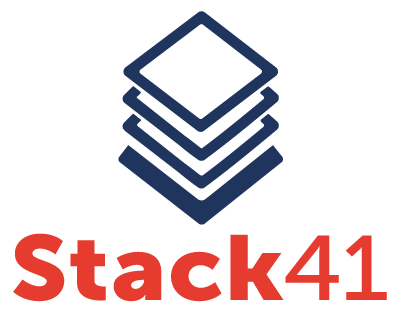At Stack41 we want the migration process to provide not only traditional security and availability for your internal customers and business partners, but we also want the process to result in application performance improvement and provide wins to all parts of the business.
Today, with performance per core leveling off, and with RAM and network essentially no longer being constrained, what really determines application performance is the I/O per second that the storage infrastructure is able to support. At Stack41 we’ve built our cloud with this very thing in mind.
All of our operations run on solid state disks. These disks can run in excess of 100,000 operations per second, whereas traditional storage can only run several hundred operations per second. So, when an enterprise brings their applications to the Stack41 cloud, not only do they get a significant uplift to their security and availability, but they get a huge uplift in application performance.
Another differentiator of the Stack41 cloud, is that resources are under-subscribed. This means that your applications don’t suffer from performance penalties for other users of the cloud, and your specific application performance is deterministic.
Part of the appeal of adopting a cloud strategy, is that you’re getting rid of the ongoing Capital Expense problems of updating hardware, inelastic right-sizing equipment and Internet bandwidth, in addition to the significant but often overlooked cost of supporting that hardware and Internet in a break/fix scenario. At Stack41, the cost of IT operations becomes an Operating Expense, as we handle keeping all hardware up to date with sufficient bandwidth, putting your application software on state-of-the-art equipment that’s purpose-built for the enterprise, and has very high I/O performance, all in an elastic environment.
What does this mean in the real world of business, where application software is many times more expensive than the hardware needed to run it, but the operationally high friction of running that hardware constrains the efficiency of the software?
In the Stack41 cloud, they are coming from that Capex-constrained situation where there are artificial limits on the number of internal and external customers they can serve with their business software, to an environment where that exact same software can serve many more times the number of internal and external customers because it is running on much higher I/O, state-of-the-art hardware in a low-friction, fully managed environment, without major upgrade costs.
That’s a huge win for any business, simply by adopting a cloud strategy with Stack41.
Glossary:
I/O: Input/Output, which in a compute environment means the effect of sending and receiving data.
Storage: Computer components that are used to record and retain digital data.
Deterministic: Factors that are determined by external causes and follow natural laws (where given a specific input, there is only one action that can result).
Under-subscription: The amount of available resources exceeds the potential demand for those resources.
Elasticity: The ability to seamlessly adapt to the demand of an application.

